
Hinche: The Heartbeat of Haiti's Central Plateau
Discover Hinche, a city rich in history, culture, and natural beauty in Haiti's Central Plateau, offering an authentic Haitian experience with its vibrant markets and stunning landscapes.
Hinche, a charming city nestled in Haiti's Central Plateau, offers a unique blend of history, culture, and natural beauty. As the birthplace of the country's revered leader Charlemagne Péralte, Hinche holds an important place in Haiti's rich history. Wander through the streets and you'll find remnants of colonial architecture, telling stories of the past. Beyond its historical significance, Hinche is a gateway to some of the most stunning natural attractions in Haiti. The nearby Bassin Zim waterfall is a must-visit, with its cascading waters and surrounding caves offering a serene escape. The lush landscapes around the city are perfect for hiking and exploring, providing a refreshing break from the bustling city life. Hinche is also known for its vibrant local culture. The city's markets are a lively hub where you can experience the flavors and colors of Haitian life. From fresh produce to handmade crafts, the markets are a feast for the senses. Engage with the friendly locals and immerse yourself in the rhythms of traditional Haitian music and dance, making your visit to Hinche an unforgettable experience.
Local tips in Hinche
- Visit the Bassin Zim waterfall early in the morning to avoid crowds and enjoy the tranquility.
- Bring cash when visiting local markets as credit cards are rarely accepted.
- Wear comfortable shoes for walking around the city and exploring nearby natural attractions.
- Learn a few basic Creole phrases to enhance your interactions with the friendly locals.
- Stay hydrated and use sun protection, as the tropical climate can be quite intense.
Hinche: The Heartbeat of Haiti's Central Plateau
Hinche, a charming city nestled in Haiti's Central Plateau, offers a unique blend of history, culture, and natural beauty. As the birthplace of the country's revered leader Charlemagne Péralte, Hinche holds an important place in Haiti's rich history. Wander through the streets and you'll find remnants of colonial architecture, telling stories of the past. Beyond its historical significance, Hinche is a gateway to some of the most stunning natural attractions in Haiti. The nearby Bassin Zim waterfall is a must-visit, with its cascading waters and surrounding caves offering a serene escape. The lush landscapes around the city are perfect for hiking and exploring, providing a refreshing break from the bustling city life. Hinche is also known for its vibrant local culture. The city's markets are a lively hub where you can experience the flavors and colors of Haitian life. From fresh produce to handmade crafts, the markets are a feast for the senses. Engage with the friendly locals and immerse yourself in the rhythms of traditional Haitian music and dance, making your visit to Hinche an unforgettable experience.
When is the best time to go to Hinche?
Iconic landmarks you can’t miss
Champ de Mars
Discover the beauty and culture of Port-au-Prince at Champ de Mars, a vibrant park filled with history, lush greenery, and community spirit.
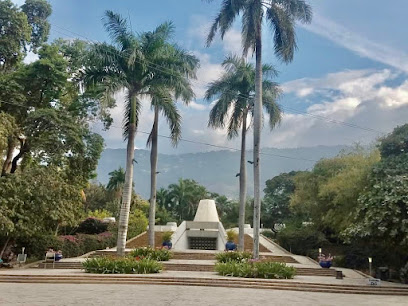
Laferriere Citadel
Discover the stunning Laferriere Citadel, a UNESCO World Heritage site and a symbol of Haitian independence, offering breathtaking views and rich history.
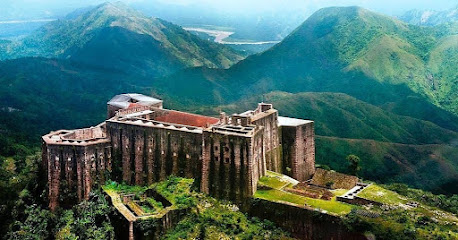
Notre-Dame of Cap-Haitian Cathedral
Discover the stunning Notre-Dame of Cap-Haitien Cathedral, a masterpiece of architecture and a sacred symbol of Haitian culture in the heart of Cap-Haitien.
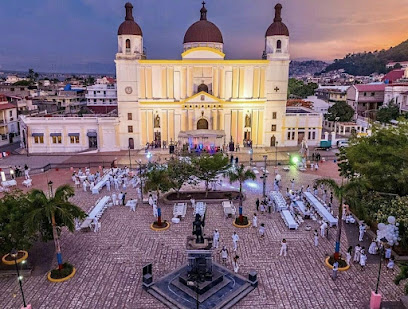
The National Pantheon Museum
Unearth Haiti's vibrant history at The National Pantheon Museum, a premier heritage site in Port-au-Prince showcasing the nation's rich cultural legacy.
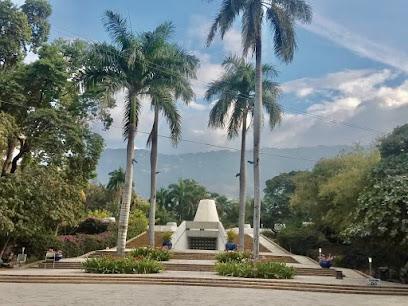
Sans Souci Palace
Discover the majestic ruins of Sans Souci Palace, a UNESCO World Heritage Site in Haiti, where history and natural beauty intertwine.
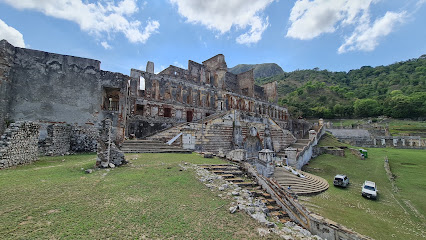
Heroes Monument of Vertières
Explore the Heroes Monument of Vertières, a symbol of Haitian independence and a tranquil memorial park in Cap-Haïtien, rich in history and heritage.
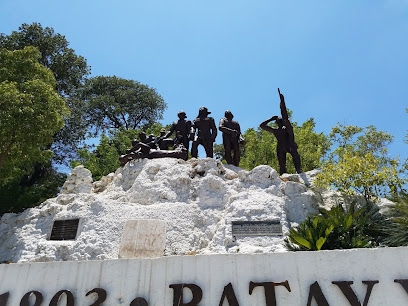
Fort Jacques et Fort Alexandre
Discover the historical significance and stunning views at Fort Jacques et Fort Alexandre, a must-visit fortress in Haiti.
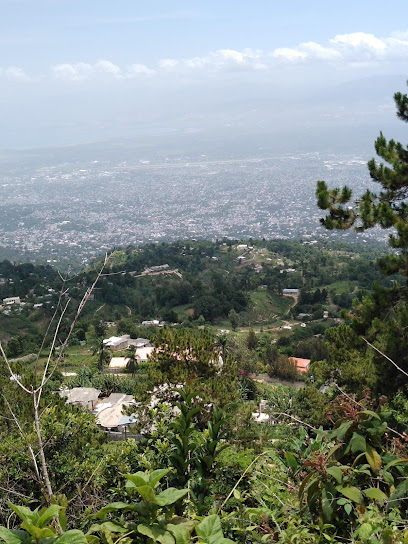
Bassin Bleu
Explore Bassin Bleu, a stunning natural wonder in Haiti with turquoise waters, cascading waterfalls, and lush tropical surroundings, perfect for an unforgettable adventure.
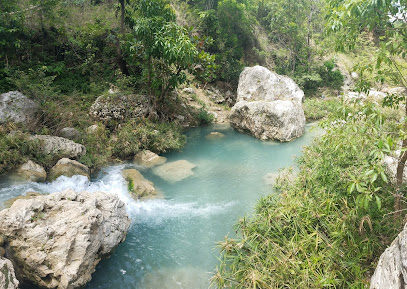
Parc Historique De La Canne À Sucre
Discover the rich history of sugar production and the cultural heritage of Haiti at Parc Historique De La Canne À Sucre.
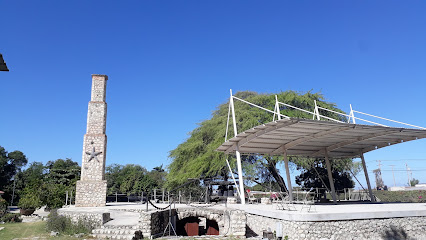
Jean-Jacques Dessalines Monument
Discover the rich history and cultural significance of the Jean-Jacques Dessalines Monument, a tribute to Haiti's fight for independence and national pride.
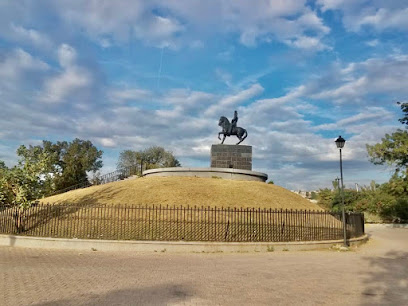
Cathédrale de Hinche Notre-Dame De L'Immaculée-Conception
Discover the intricate beauty and rich history of Cathédrale de Hinche, a spiritual haven in the heart of Haiti, blending architectural splendor with cultural significance.
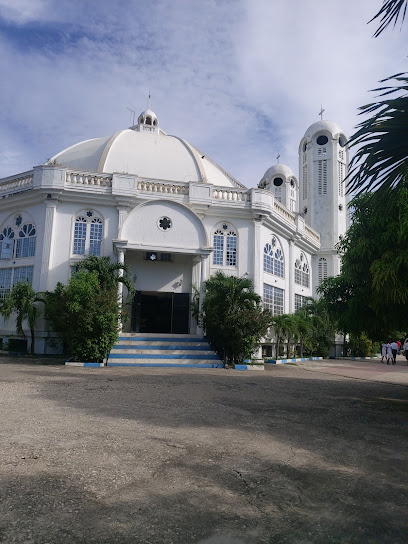
Place d'Armes de la Ville des Gonaïves
Experience the lively atmosphere and rich culture at Place d'Armes de la Ville des Gonaïves, a must-visit destination in Haiti for every tourist.
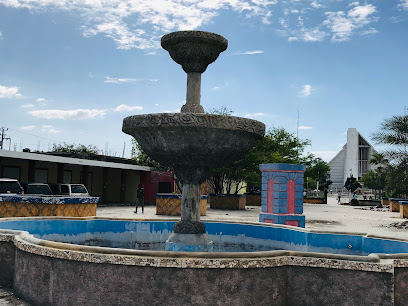
Sainte Anne Church
Discover the serene beauty and cultural heritage of Sainte Anne Church, a must-visit landmark in Port-au-Prince, Haiti.
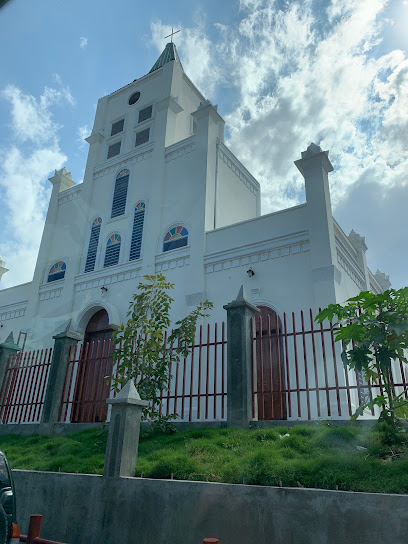
Square Of The Unknown Marron
Discover the rich history and cultural significance of the Square of the Unknown Marron in Port-au-Prince, a tribute to Haiti's legacy of resilience.
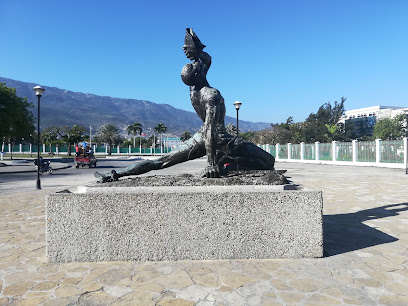
Bassin Zim
Discover the serene beauty of Bassin Zim, a tranquil park in Maria Lapa, perfect for relaxation and enjoying nature's wonders.
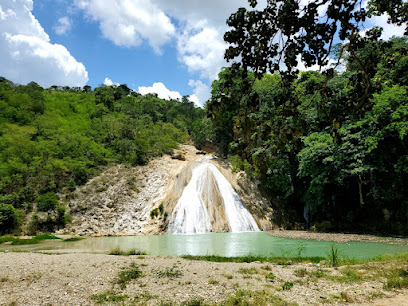
Unmissable attractions to see
The National Pantheon Museum
Explore the National Pantheon Museum, a cultural gem in Port-au-Prince, showcasing Haiti's rich history and heritage through captivating exhibits.
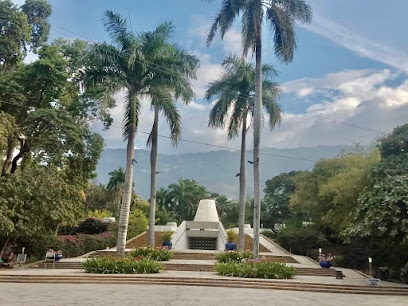
Fort Liberté
Explore Fort Liberté: A historical gem in Haiti, where rich heritage meets stunning Caribbean views.
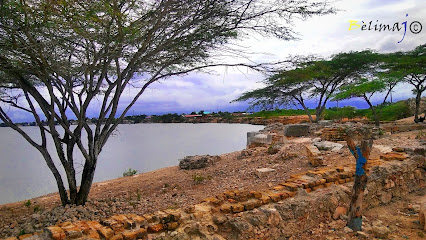
Bassin Zim
Explore the serene landscapes of Bassin Zim in Maria Lapa, Haiti — a tranquil park perfect for relaxation and nature immersion.
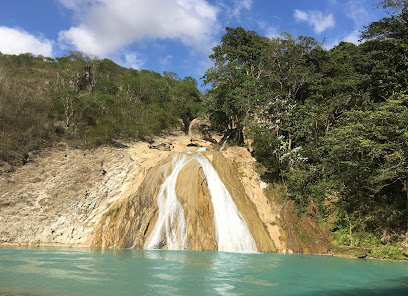
La Source
Discover La Source, an exhilarating amusement park in Saint-Michel-de-l'Atalaye, offering endless fun and entertainment for families and thrill-seekers alike.
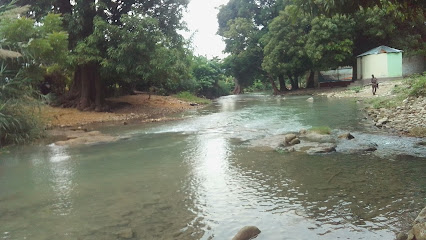
Essential places to dine
Chalydath
Experience authentic Haitian flavors at Chalydath in Pignon – where culinary tradition meets warm hospitality.

Mica Restaurant Et Bakery
Experience authentic Haitian flavors at Mica Restaurant Et Bakery in Hinche – a must-visit dining destination for food lovers.
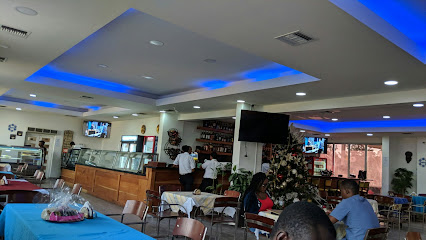
Eben-Ezer Restaurant
Discover authentic Haitian cuisine at Eben-Ezer Restaurant in Hinche – where local flavors meet warm hospitality for an unforgettable dining experience.
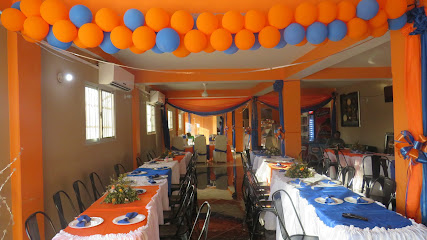
Kafe du soir
Discover authentic Haitian grill cuisine at Kafe du Soir in Hinche - where flavor meets tradition.

Restaurant Mme Duma
Experience authentic Haitian cuisine at Restaurant Mme Duma in Hinche – where every dish tells a story.
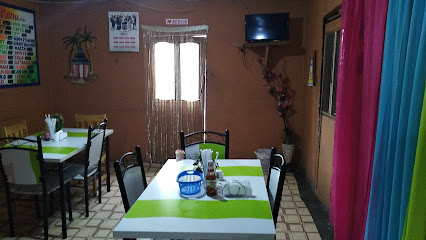
Eben-Ezer Bar Restaurant Rt No 3 RHODE
Experience authentic Haitian cuisine at Eben-Ezer Bar Restaurant in La Gardule - where every dish tells a story.
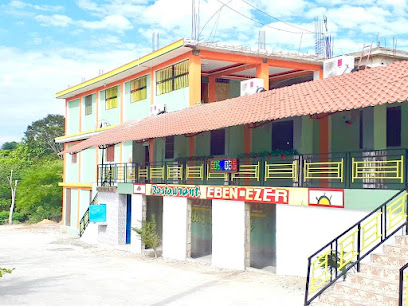
Cabrale Restaurant
Experience authentic Haitian cuisine at Cabrale Restaurant in Thomonde - where every dish tells a story.

Gou-Pa'm Bar&grill
Discover authentic Haitian cuisine at Gou-Pa'm Bar & Grill in Hinche—where flavors come alive in a vibrant setting.
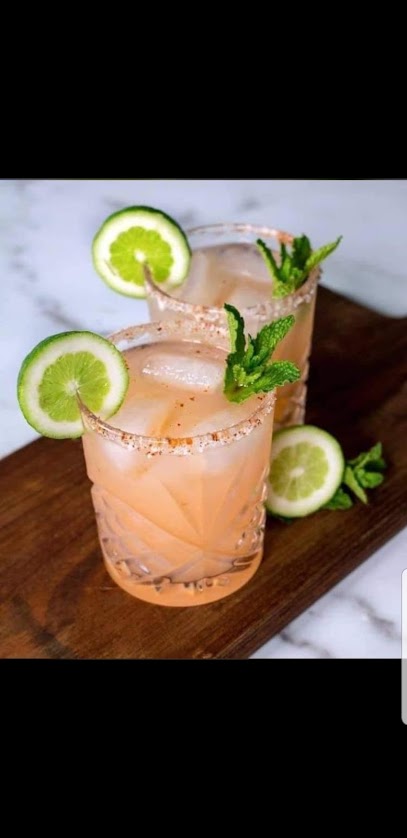
EmaxPizza
Discover EmaxPizza in Thomassique – where delicious pizzas meet friendly service in a cozy atmosphere.
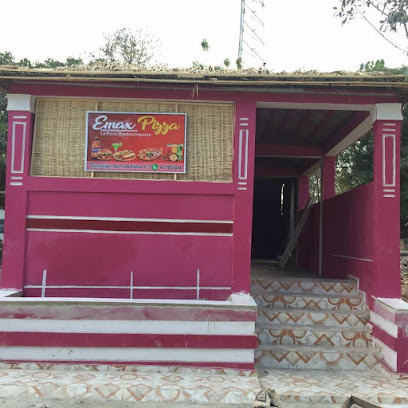
Cana pâtisserie
Discover the sweet side of Haiti at Cana Pâtisserie - where local flavors meet delightful pastries in a cozy setting.
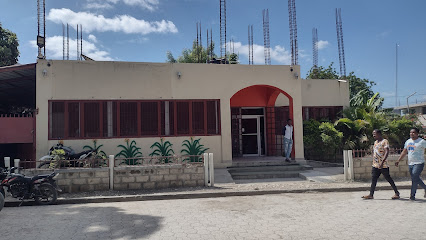
Delice Bar Resto
Discover authentic Haitian flavors at Delice Bar Resto in Hinche – where every meal tells a story.
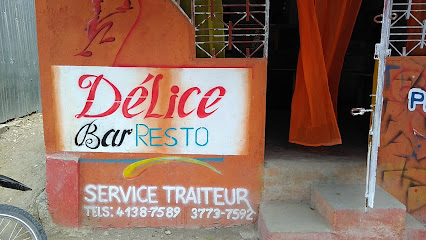
Freedom Cocktail Bar Resto
Experience authentic Haitian flavors and refreshing cocktails at Freedom Cocktail Bar Resto in Pignon - your go-to spot for vibrant dining.
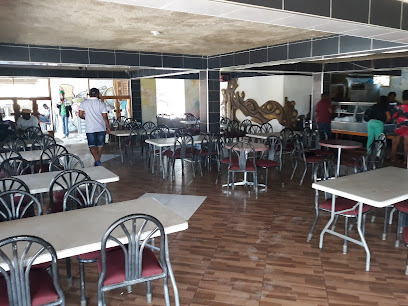
Four seasons CERCA CARVAJAL
Discover authentic Haitian cuisine at Four Seasons Cerca Carvajal - where vibrant flavors meet warm hospitality.
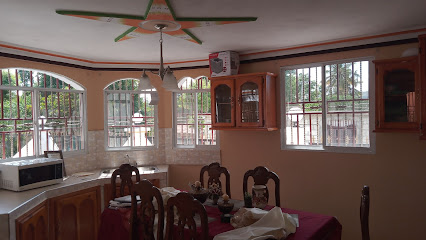
Détente Restaurant
Discover authentic Haitian cuisine at Détente Restaurant in Hinche – where every meal tells a story.
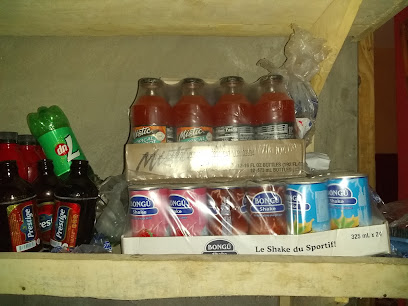
Saveur Creole Bar Restaurant
Discover authentic Haitian cuisine at Saveur Creole Bar Restaurant in Thomonde – where every dish tells a story.

Markets, malls and hidden boutiques
Biwo entre-nous ekonomi ti machann et Multi services
Experience the bustling energy of Biwo entre-nous - a shopping destination in Hinche where local culture meets vibrant commerce and delicious food.
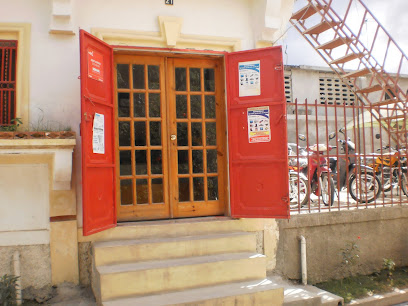
Triplet Mart
Explore the vibrant local flavors and products at Triplet Mart, a supermarket that captures the essence of Haitian culture in Hinche.
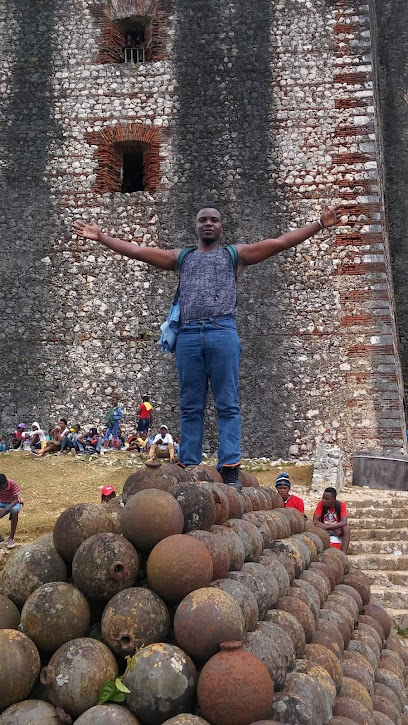
Jamais Mal Auto-Parts & Shop Tires
Discover reliable automotive solutions at Jamais Mal Auto-Parts & Shop Tires in Hinche, ensuring your vehicle is ready for your Haitian adventure.

Ville hinche .haiti
Explore the vibrant fashion scene at Ville Hinche, a charming women's clothing store in Haiti offering unique styles and cultural richness.

The Harvester
Discover The Harvester in Hinche: A vibrant shopping mall blending local culture and international brands, perfect for tourists seeking unique finds.

Tutti Frutti
Explore Tutti Frutti, the vibrant fabric store in Hinche, Haiti, where colorful textiles and local craftsmanship come together for a unique shopping experience.

Bel Article Shop
Explore the rich culture of Haiti at Bel Article Shop in Hinche, offering unique local crafts, art, and souvenirs for every traveler.

Haute Perfomance Shop Tailleur
Discover unique Haitian fashion at Haute Performance Shop Tailleur in Hinche, blending local craftsmanship with vibrant styles.

Palmis Enèji Hinche
Explore the vibrant world of household appliances at Palmis Enèji Hinche, where quality meets local culture in the heart of Haiti.
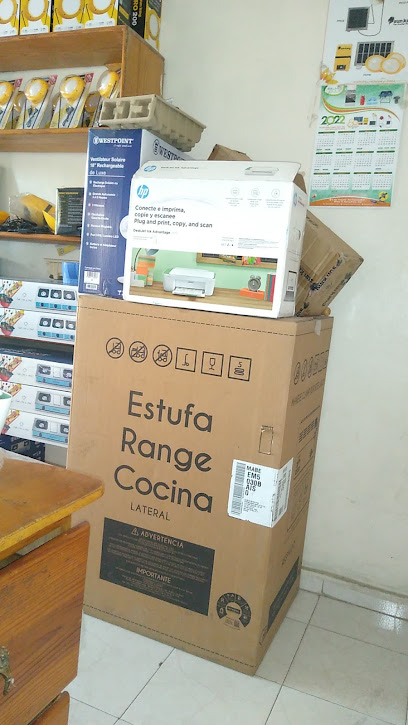
NATCOM
Discover the latest in electronics at NATCOM, Hinche's leading tech store offering a wide range of gadgets and exceptional customer service.

Sunny Beauty Supply And Store
Explore the vibrant offerings at Sunny Beauty Supply And Store in Hinche, where local beauty and culture come together for an unforgettable shopping experience.

Amour de Dieu Petit Demele Prov. Alimentaire
Experience the vibrant culture and flavors of Haiti at Amour de Dieu Petit Demele, a lively shopping mall in the heart of Hinche.

INNOVATION ÉLECTRONIQUE
Explore the latest gadgets and tech accessories at Innovation Électronique, a top electronics store in Hinche, Haiti.
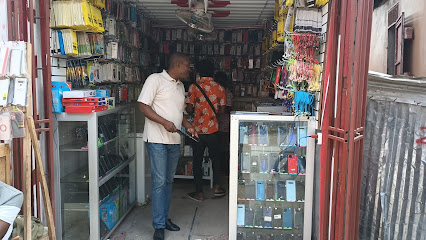
Pi Bon Full Imaging Barber Shop & Transfert
Discover the vibrant local culture at Pi Bon Full Imaging Barber Shop & Transfert in Hinche, a hub for community and grooming services.
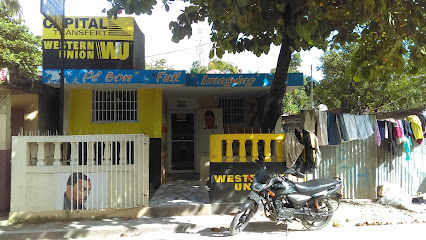
Maison Polux Pierre
Maison Polux Pierre in Hinche offers essential health services for travelers, ensuring peace of mind during your visit to this vibrant Haitian city.

Essential bars & hidden hideouts
Le coin Bar
Immerse yourself in the vibrant nightlife of Hinche at Le Coin Bar, a lively venue for unforgettable live music experiences.
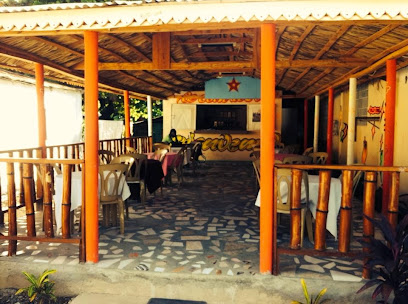
Smart Bar
Discover the vibrant atmosphere of Smart Bar in Hinche, where refreshing drinks and local culture come together for an unforgettable night out.
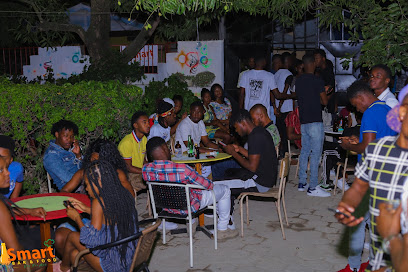
Filalang Sport Bar & Grill
Experience the vibrant culture of Hinche at Filalang Sport Bar & Grill, where delicious food and lively atmosphere meet.
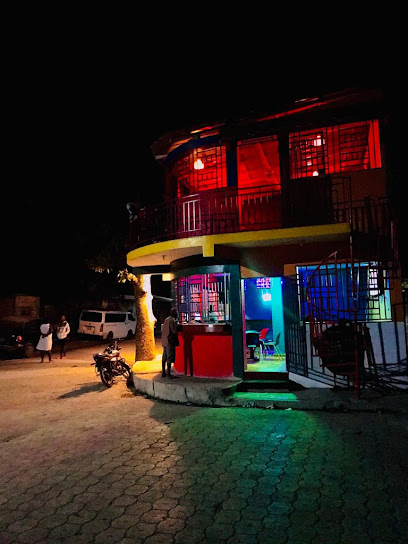
Enjoy Spot Bar
Experience local culture and vibrant nightlife at Enjoy Spot Bar in Hinche, Haiti, where refreshing drinks and friendly faces await.

TNA BAR
Discover the lively TNA BAR in Hinche, where vibrant atmosphere meets authentic local culture, offering refreshing drinks and unforgettable experiences.

Wet and Wild Hookah bar
Discover a vibrant nightlife experience at Wet and Wild Hookah Bar in Hinche, where flavorful hookah and refreshing drinks await.
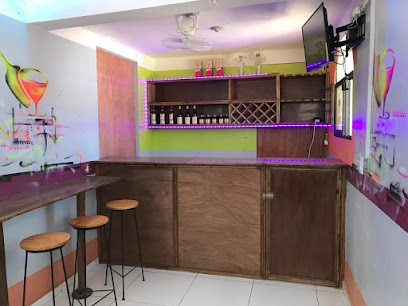
GUY BOUTIK
Discover the vibrant atmosphere and local charm of Guy Boutik, a must-visit bar in Hinche offering refreshing drinks and a taste of Haitian culture.
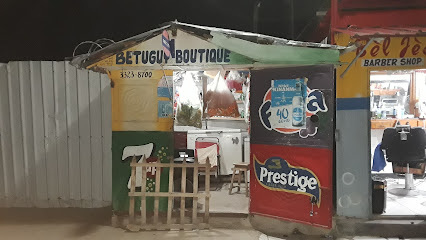
Krystal BAR (Hollywood Night Club)
Discover the lively nightlife and delicious local cuisine at Krystal BAR in Hinche, where every visit is a vibrant experience.

Guertoo Bar Boutique
Discover the vibrant nightlife and cultural charm at Guertoo Bar Boutique in Hinche, Haiti, where every drink tells a story.

Rendez-vous Bèljès
Experience the vibrant local culture at Rendez-vous Bèljès, the perfect bar in Hinche for a taste of Haitian hospitality and refreshing drinks.
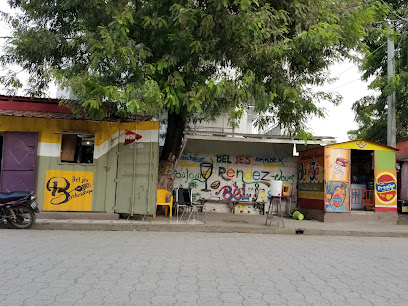
Ti rouj
Discover the vibrant nightlife of Hinche at Ti Rouj, where local flavors and rhythms come together in a perfect blend.

Abraham Cluv
Discover the lively atmosphere of Abraham Cluv, a premier bar in Hinche, where local culture meets vibrant nightlife and refreshing drinks.

Bar and Store
Discover the vibrant nightlife of Hinche at Bar and Store, where local flavors and a lively atmosphere come together for an unforgettable experience.

Sahm’S best liquor
Experience the vibrant nightlife and local flavors at Sahm’S Best Liquor in Hinche, Haiti, where every drink tells a story.

J.Hector
Experience the vibrant nightlife at J.Hector, a lively bar in Hinche, Haiti, where local culture and refreshing drinks come together.

Local Phrases
-
- HelloBonjou
[bon-zho] - GoodbyeOrevwa
[oh-rev-wa] - YesWi
[wee] - NoNon
[non] - Please/You're welcomeTanpri
[tan-pree] - Thank youMèsi
[meh-see] - Excuse me/SorryEskize mwen
[es-kee-zay mwen] - How are you?Kijan ou ye?
[kee-jan oo yay] - Fine. And you?Byen. E ou?
[byen. ay oo] - Do you speak English?Eske ou pale angle?
[es-kay oo pal an-glay] - I don't understandMwen pa konprann
[mwen pa kon-pran]
- HelloBonjou
-
- I'd like to see the menu, pleaseMwen ta renmen wè meni an, tanpri
[mwen ta ren-men weh meh-nee an, tan-pree] - I don't eat meatMwen pa manje vyann
[mwen pa manj vyan] - Cheers!Sante!
[san-tay] - I would like to pay, pleaseMwen ta renmen peye, tanpri
[mwen ta ren-men pay-yay, tan-pree]
- I'd like to see the menu, pleaseMwen ta renmen wè meni an, tanpri
-
- Help!Èd!
[ayd] - Go away!Ale!
[ah-lay] - Call the Police!Rele Lapolis!
[rel lay-poh-leece] - Call a doctor!Rele yon doktè!
[rel yay own dok-tay] - I'm lostMwen pèdi
[mwen pay-dee] - I'm illMwen malad
[mwen ma-lad]
- Help!Èd!
-
- I'd like to buy...Mwen ta renmen achte...
[mwen ta ren-men ach-tay] - I'm just lookingMwen jis gade
[mwen zhee gah-day] - How much is it?Konbyen li ye?
[kon-byen lee yay] - That's too expensiveSa twò chè
[sa twa shay] - Can you lower the price?Ou ka ba pri la?
[oo ka ba pree la]
- I'd like to buy...Mwen ta renmen achte...
-
- What time is it?Ki lè li ye?
[kee lay lee yay] - It's one o'clockLi ye èd tan
[lee yay ayd tan] - Half past (10)Douzè
[doo-zay] - MorningMaten
[mah-ten] - AfternoonApremidi
[ap-ray-mee-dee] - EveningAswè
[ah-sway] - YesterdayYe
[yay] - TodayJodi a
[jo-dee ah] - TomorrowDemenn
[day-men] - 1Yon
[yown] - 2De
[day] - 3Twaz
[twaz] - 4Kat
[kaht] - 5Senk
[sank] - 6Sis
[sees] - 7Set
[set] - 8Uit
[weet] - 9Nèf
[nef] - 10Dis
[deece]
- What time is it?Ki lè li ye?
-
- Where's a/the...?Ki kote...?
[kee koh-tay] - What's the address?Ki adres la?
[kee ah-dres la] - Can you show me (on the map)?Ou ka montre mwen (sou kat la)?
[oo ka mohn-tray mwen (so kah la)] - When's the next (bus)?Ki lè pwochen (bis)?
[kee lay pwosh-en beess] - A ticket (to ....)Yon tikè (pou ....)
[yown tee-kay poo]
- Where's a/the...?Ki kote...?
History of Hinche
-
Hinche, located in Haiti's Central Plateau, was originally inhabited by the Taíno people, an indigenous group known for their advanced agricultural practices and social structures. The Taíno built settlements and cultivated crops like maize, beans, and cassava. They left behind petroglyphs and other archaeological evidence that provide insights into their rich cultural heritage.
-
In 1492, Christopher Columbus arrived in Hispaniola, the island that now comprises Haiti and the Dominican Republic. The Spanish established a stronghold in the region, and Hinche became part of their colonial territories. The Spanish introduced new crops, livestock, and European architectural styles, which had a lasting impact on the area.
-
By the 17th century, the French had taken control of the western part of Hispaniola, including Hinche. The French colonial period saw the establishment of large plantations and the forced labor of enslaved Africans. The brutal conditions and exploitation during this era laid the groundwork for future resistance and rebellion.
-
Hinche played a significant role in the Haitian Revolution (1791-1804), which led to the first successful slave revolt in history and the establishment of Haiti as the first independent black republic. Leaders like Toussaint Louverture and Jean-Jacques Dessalines were instrumental in mobilizing the local population, including those in Hinche, to fight for their freedom.
-
Following Haiti's independence in 1804, Hinche experienced a period of instability as the new nation struggled to establish a stable government. Conflicts between different political factions and foreign interventions continued to affect the area. Despite these challenges, Hinche remained a vital part of Haiti's cultural and agricultural landscape.
-
The 20th century brought significant changes to Hinche, including infrastructure improvements and increased political engagement. The construction of roads and public buildings helped to modernize the town. Additionally, Hinche became a center for political activism, particularly during the Duvalier dictatorship, when residents participated in movements for democracy and human rights.
-
Hinche is known for its vibrant cultural scene, including traditional music, dance, and festivals. The town hosts various events throughout the year, such as the Feast of Saint Anne, which draws visitors from all over Haiti. These celebrations showcase the rich cultural heritage and community spirit of Hinche's residents.
-
Today, Hinche is a bustling town that balances its historical roots with modern development. It serves as a hub for commerce and education in the Central Plateau. The town's markets, schools, and cultural institutions continue to play a vital role in the lives of its residents, making Hinche a unique and dynamic destination for travelers.
Hinche Essentials
-
Hinche is located in the central region of Haiti, approximately 112 kilometers northeast of Port-au-Prince. The most common way to reach Hinche is by road. You can hire a private taxi or take a bus (known locally as a 'tap-tap') from Port-au-Prince. The journey typically takes around 3 to 4 hours, depending on traffic and road conditions. Alternatively, domestic flights are available from Port-au-Prince to Cap-Haïtien, with a subsequent drive to Hinche.
-
Within Hinche, transportation options include motorcycles (moto-taxis), which are a popular and inexpensive way to get around town. Local buses and tap-taps are also available for short distances. For more comfortable and private travel, you can hire a private car or taxi. Walking is a feasible option for exploring the town center, as many attractions are within walking distance.
-
The official currency in Haiti is the Haitian Gourde (HTG). While some hotels and larger establishments may accept credit cards, it is advisable to carry cash for most transactions, especially in smaller shops and markets. ATMs are available in Hinche, but it is a good idea to withdraw enough cash in Port-au-Prince before traveling. U.S. dollars are also widely accepted in many places.
-
Hinche is generally safe for tourists, but it is important to stay vigilant. Avoid walking alone at night, especially in poorly lit areas. Petty crime, such as pickpocketing, can occur, so keep an eye on your belongings in crowded places. Some neighborhoods may have higher crime rates, so it's best to seek local advice about which areas to avoid. Always use reliable transportation options and stay in well-reviewed accommodations.
-
In case of emergency, dial 114 for police assistance or 118 for medical emergencies. Hinche has a local hospital and several clinics that can provide medical care. It is highly recommended to have travel insurance that covers medical emergencies. Pharmacies are available in town for over-the-counter medications. For serious health issues, consider traveling to larger hospitals in Port-au-Prince.
-
Fashion: Do dress modestly, especially when visiting religious sites. Avoid overly revealing clothing. Religion: Do respect local customs and traditions. Always dress appropriately when entering churches. Public Transport: Do be polite and give up your seat to elderly passengers. Don't eat or drink on public transport. Greetings: Do greet people with a friendly 'Bonjour' or 'Bonsoir' depending on the time of day. A handshake is common. Eating & Drinking: Do try local dishes and accept food and drink offerings graciously. Don't refuse hospitality, as it can be considered impolite.
-
To experience Hinche like a local, visit the bustling local markets where you can buy fresh produce and handmade crafts. Engage with the locals, who are often friendly and eager to share stories about their culture and history. Don't miss the Bassin Zim waterfall, a stunning natural attraction located just outside of Hinche. For a unique cultural experience, attend one of the local festivals or events that showcase traditional music and dance.
Trending Landmark in Hinche
-
Champ de Mars
-
Laferriere Citadel
-
Notre-Dame of Cap-Haitian Cathedral
-
The National Pantheon Museum
-
Sans Souci Palace
-
Heroes Monument of Vertières
-
Fort Jacques et Fort Alexandre
-
Bassin Bleu
-
Parc Historique De La Canne À Sucre
-
Jean-Jacques Dessalines Monument
-
Cathédrale de Hinche Notre-Dame De L'Immaculée-Conception
-
Place d'Armes de la Ville des Gonaïves
-
Sainte Anne Church
-
Square Of The Unknown Marron
-
Bassin Zim
Nearby Cities to Hinche
-
Things To Do in Cap-Haïtien
-
Things To Do in Port-au-Prince
-
Things To Do in Saint-Marc
-
Things To Do in Petionville
-
Things To Do in Gonaïves
-
Things To Do in Jacmel
-
Things To Do in Jarabacoa
-
Things To Do in Puerto Plata
-
Things To Do in Les Cayes
-
Things To Do in Jérémie
-
Things To Do in Santo Domingo
-
Things To Do in Salt Cay
-
Things To Do in South Caicos
-
Things To Do in Cockburn Town
-
Things To Do in Grand Turk





